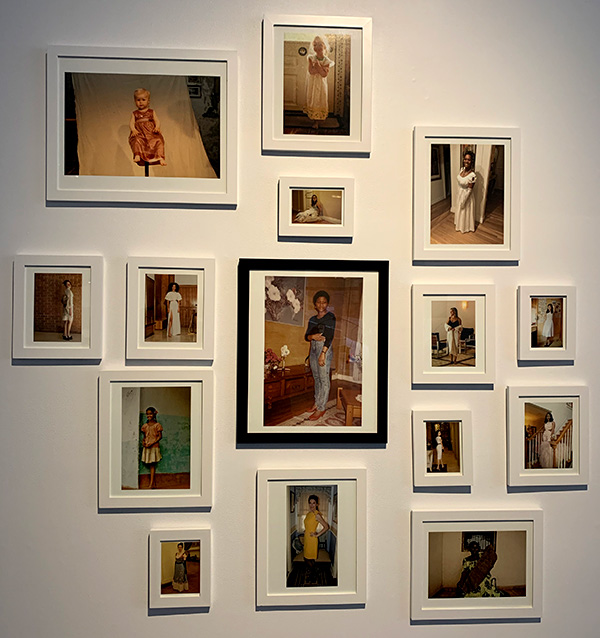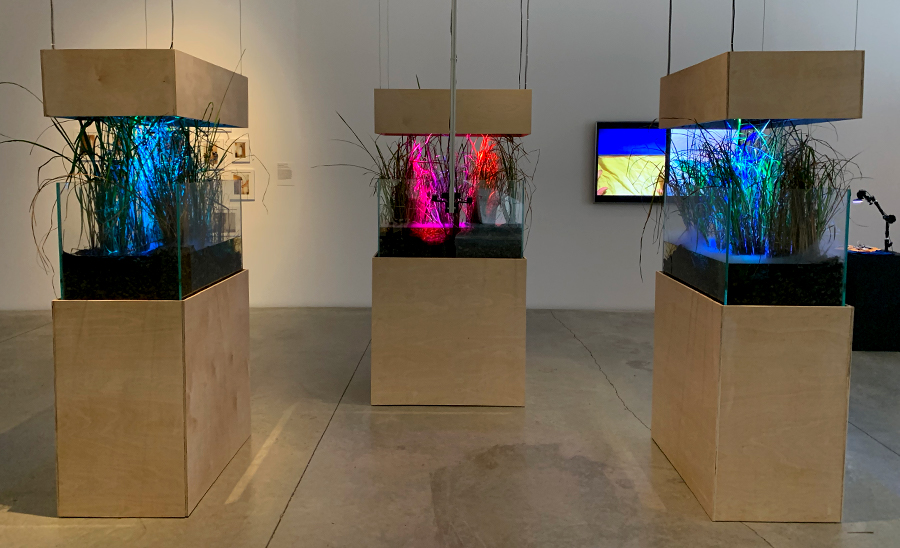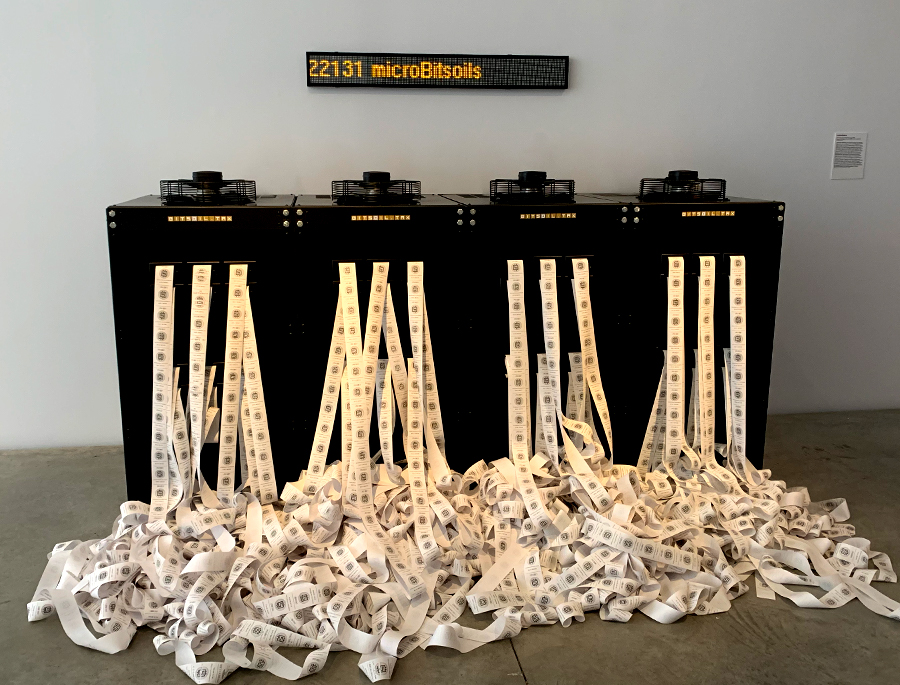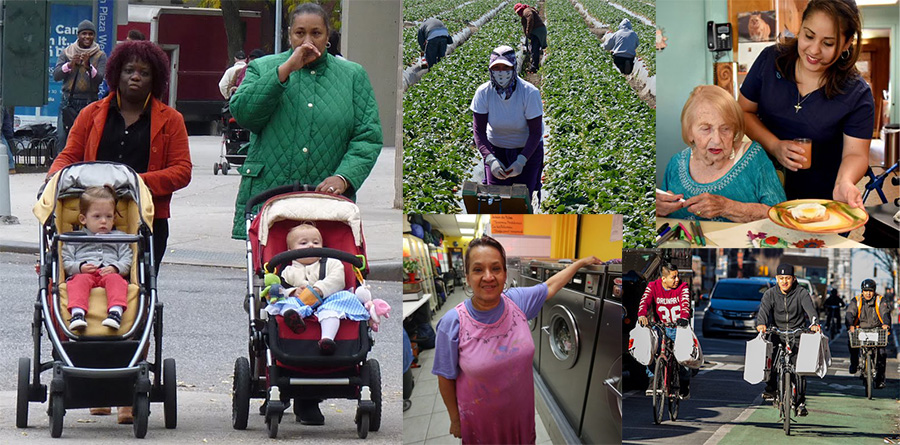Archive for March, 2020
Coronavirus: Trump’s New Reality Show
Trump was tiring before COVID-19, now he’s constantly taking his audience on a rollercoaster ride. At a March 24th press meeting, a reporter asks Trump – who suggested Easter as the date when the country could go back to work? Trump responds – “I just thought it was a beautiful time, a beautiful timeline. It’s a great day…”
As late as March 27th, Trump remained hopeful that the country would go back to work on April 12th Easter Sunday. Then two days later on March 29th, Trump states that social distancing is to continue through April 30th. The ignorant but “beautiful” Easter timeline, he now refers to as “aspirational.”
Why does anyone take what this guy says seriously and more importantly, why does the media continue to air him? KUOW of Seattle has taken the correct stance: “KUOW recently made an editorial decision to stop airing White House briefings on the coronavirus pandemic live on a daily basis. We will continue to cover these briefings – but believe it is imperative that they are fact-checked, which is a challenge during a live broadcast.”
When not reading a script, Trump says what pops into his head while a country is listening, this is incredibly irresponsible. Later, he is corrected by the numbers and experts, but rather than recognizing his ignorant statements, he reframes them and blames the Media as fake news. Meanwhile, there are still people listening to him. Trump creates false expectations and takes people on a rollercoaster ride unnecessarily at a time when it’s best to take the long view and prepare people for the most factual possibilities, not false realities based on his whims. Of course, as a born millionaire who has never dealt with reality, he’s accustomed to creating his own televised realities, and he’s at it now, he can’t help it. However, now there is a pandemic and people are dying. This man should be held accountable for making shit up and not properly preparing this country in January 2020.
Question of Intelligence
Before COVID-19 shutdown New York City, I had the opportunity to experience the exhibition “The Question of Intelligence – AI and the Future of Humanity” curated by Christiane Paul at Parson’s Kellen Gallery. I did not enter the exhibition expecting to witness disparate algorithms animating the exhibition space. It took me a few minutes to realize that the empty gallery (populated only by myself and two silent gallery sitters busily working, I suppose, on their school work) was brought to life by artworks forced to listen to one another and respond. I’m talking about artworks sensing via microphones, cameras, the internet; processing through artificial intelligence, machine learning, algorithms; and communicating via speakers, projectors, screens, printers, the internet and miniature swamps.
Christiane Paul has assembled elder artificial intelligence artworks over 40 years old (though still learning) with nascent works just starting to realize themselves. With the popular explosion of catch phrases including “Big Data,” “AI,” “Machine Learning,” “Today, right now, you have more power at your finger tips than entire generations that came before you…” (I used to appreciate Common before the Microsoft commercial, now I cringe when I hear his voice), Paul has curated a learning experience that recognizes the generational history of artificial intelligence as a creative medium.
Upon entering the gallery, one hears female artificial voices generating poetry or relating temperatures and soil humidity and other environmental measures or in the distance an occasional tweet. To the left, I saw a big black microphone and elected to approach it as the first means toward interactivity. I introduced myself and then watched my words projected onto the wall along with Chinese-style landscape paintings. Trails are drawn from word groupings to word groupings along with drawn landscapes and icons forming a word and image map. The projection is a mind map generator based on the words captured by the microphone. Following a few phrases, I decided it wasn’t very interesting and decided to move on. Adjacent to it is Lynn Hershman Leeson’s chatbot Agent Ruby (2001), but having interacted with one of Leeson’s works at Yerba Buena’s “The Body Electric” recently, I only spent a minute with it before moving on, also it didn’t know what to make of what I was telling it.

Adjacent to the chatbot, is Lior Zalmanson’s “image may contain” in which the artist feeds historically significant images into FaceBook’s Automatic Alternative Text image recognition algorithm, an accessibility AI to help contextualize images for the blind and sight impaired. The artists uses the uncontextualized and minimal description of the historical images to identify “similar” images and then collapses them onto lenticular prints. Above are the images that appear in the first print as I move from left to right. The work simply and clearly shows that bots such as AAT should not be used to present information and least of all pretend to be a source of knowledge, at least not yet.

Similarly, Mimi Onuoha uploaded a photo of her mother “to Google’s reverse image search, which allows one to upload a picture to find online images that the Google algorithms identify as related.” Scaled, printed and framed from the initial image at the center to the algorithmically related images encircling, a seemingly family home portrait wall appears, leading one to question the process of algorithmic categorization based entirely on visual similarity. With such a project, I can’t help but recall eugenics and Sekula’s “The Body and the Archive.”
I then circled back toward the center of the gallery to try and figure out what was going on with “The Giver of Names” by David Rokeby. And it wasn’t until I read the instructions and changed the objects on the pedestal to assemble my own still life that the brilliance of the exhibition really dawned on me!
“The Giver of Names” (naming since 1990) consists of a monitor, speaker, old CCTV camera, pedestal, pile of old toys and a program that tries to understand what it is seeing through the camera to generate poetry. Once I removed the toys left on the pedestal and placed my own selection, I watched the AI go into action by identifying shapes and colors and then trying to make sense of what it was identifying or “seeing.” Those shapes and colors feed a poetry algorithm that speaks and writes to the monitor adjacent to the CCTV camera. Meanwhile, just beyond this installation, the not very interesting mind mapping microphone is also capturing this generated poetry as it echoes across the gallery and starts mind mapping away. AWESOME! The gallery is its own loop of machines churning away at one another’s utterances. This realization helped me refocus my attention and expand my time with each work. I tried to capture this in the video at the top of this entry.
Near the entrance on a wall monitor, hangs AARON which I had merely paused at for a few seconds but now returned to observe. “AARON is the earliest artificial intelligence program for artmaking and one of the longest running ongoing projects in contemporary art. Harold Cohen started creating AARON at UCSD in the late 1960s and developed the software until his death in 2016. In this video AARON produces a new color image every 10 to 15 minutes.” As one tours the gallery, AARON is quietly working away creating shapes and lines of color, artful abstractions.

Back near the center of the gallery, just beyond “The Giver of Names” is another work with a female computer voice speaking at intervals. Tega Brain’s “Deep Swamp” asks “if new ‘wilderness’ is the absence of explicit human intervention, what would it mean to have autonomous computational systems sustain wild places?” The handsome installation has three AIs, Nicholas, Hans and Harrison each “engineer their environment for different goals. Harrison aims for a natural looking wetland, Hans is trying to produce a work of art and Nicholas simply wants attention.”
“Learning to See” by Memo Akten uses machine learning to relate the objects on a pedestal that a camera captures to five different data sets that the system has been fed. The visitor can re-arrange the objects on the pedestal to see new interpretations. Across from the pedestal on a wall is a split screen that shows the image captured by the camera adjacent to the system’s interpretation. “Every 30 seconds the scene changes between different networks trained on five different datasets: ocean and waves, clouds and sky, fire and flowers, and images from the Hubble Space telescope.
Similarly across the gallery, hang a series of prints by Mary Flanagan. The work is [Grace:AI] in which generative algorithms trained on thousands of paintings and drawings by women to create a series of images. “[Grace:AI] was tasked to create her ‘origin story’ by looking at 20,000 online images of Frankenstein’s monster and producing its portrait.”
Both “Learning to See” and “[Grace:AI]” employ generative adversarial networks (GAN), to generate new visualizations. Using GAN anyone can put their own conceptual spin to generate a data set for the machine to learn and see what it spits out. Over the last few years, I’ve seen a few similar projects, my favorite remains an early one – the MEOW Generator trained on a cat dataset.
Perhaps the most darkly monumental project are the large four black machines with spinning fans, exuding steam and ticker tape – the installation component of #BitSoil Tax by LarbitsSisters. The project proposes the fair redistribution of internet wealth to all people through a new taxation system. The installation is utopian, dark and whimsical.

Other projects on exhibit include “Futures of Work” by Brett Wallace, and Ken Goldberg and the AlphaGarden Collective.
ICE Rushes to Return Detained Migrants as Need for Laborers Soars

I’m waiting to read the following headlines “ICE Rushes to Return Detained Migrants as Need for Laborers Soars” and “The Federal Government Will Provide Health Care and Sick Leave to Undocumented Work Force.” If we use the San Francisco Department of Public Health order for “SHELTER IN PLACE” declared yesterday, a majority of the “Essential Businesses” are manned my immigrants:
- Grocery stores, farmers’ markets, supermarkets;
- Food cultivation, including farming, livestock and fishing;
- Gas stations, auto-supply and auto-repair;
- Laundromats, dry cleaners, and laundry services;
- Restaurants and other facilities that prepare and serve food, but only for delivery or carry out;
- Home-based care for seniors, adults, or children;
- Plumbers, electricians, exterminators, and other service providers;
- Businesses that ship or deliver groceries, food, goods or services directly to residences;
- Taxis, transport workers;
- Childcare facilities;
Each of these areas and more are now considered Essential Businesses that are fulfilled by Essential Function Workers. As I read through the list, these are jobs that immigrants are commonly the employees; not only immigrants but many undocumented immigrants. Consider your food delivery guys, the childcare nannies, the laundromat and dry cleaning employees, the senior care employees, farm workers (40-50% are undocumented)… Over the last few years, the undocumented immigrant workforce has been at rising risk of losing the lives they have fought to construct in this country as ICE has ramped up raids. Now, as CORONAVIRUS runs its course across the United States, there will be an increasing need for this immigrant labor force.
Unfortunately the country’s social net has deteriorated over the last forty years of rampant neoliberalism and increasing inequality. Suddenly, Trump’s tax cut and slashing of the social welfare will have significant ramifications. I wonder what support these essential laborers will be given if they become sick and can no longer go to work. If we are calling the food delivery workers, farm workers, supermarket employees, laundromat employees, delivery workers (Amazon plans to hire a new thousand), gas station employees, Uber/taxi driver, home caretaker – essential function workers – will the country help them if they become ill? All the laborers that do not have green cards or work permit or social security number – what support will they be given for risking their lives?